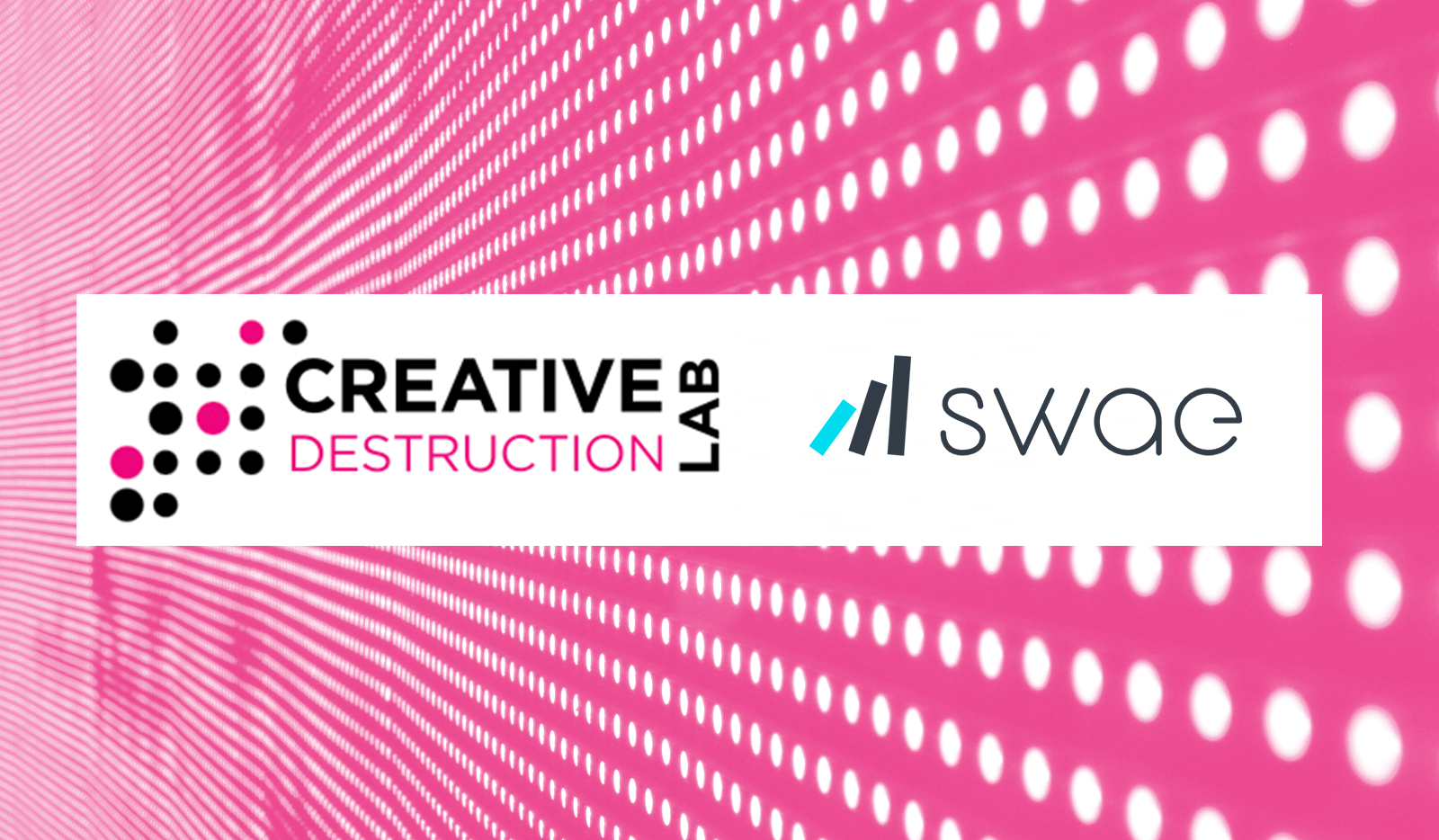
Why There’s a Fundamental Issue with the COVID-19 Crisis Relief Programs
Part 1 of 2: Simply, Past Revenue Is Not the Right Measuring Tool

Background and Types of Relief Programs Offered
financial relief programs around the globe kick in with the main goal to stimulate businesses, in Canada, many in the Information and Communication Technology (ICT) sector are feeling left out and misrepresented.
After assessing the various programs offered to companies affected by COVID-19, our research has found that most companies are unable to benefit from a variety of relief programs offered by the government. The issue lies in the way that the programs are structured, and how the companies that make up the ICT sector have financed their growth to-date which is being overlooked. Or, these same companies are being penalized by the government programs that were supposed to help them in a time of crisis.
There’s a serious problem here because there’s a lack of answers around important concerns relating to the fundamental design of the programs, and the bottom line is that many feel the policy makers are ignorant of how technology startups and companies grow. This is leaving founders in the ICT sector feeling unfairly penalized for their legal structures and for the strategic growth decisions they’ve made.
Currently, the most significant relief programs offered to businesses (under 500 people) affected by COVID-19 by the Canadian Federal Government are the Canada Emergency Business Account (CEBA) — a $40,000 interest-free, government-backed loan that includes a $10,000 grant if you spend and pay back the full loan amount. And, there’s the Canadian Emergency Wage Subsidy (CEWS) — a 75% wage subsidy up to a maximum of $847 per week.
To be considered eligible to receive the CEWS, an employer must demonstrate a drop in revenue of 15% or more for March 2020, and 30% or more for April 2020 and May 2020, when compared to their revenue for the same period in 2019. This means that if your revenue did not drop by at least 15–30% more than you made last year, sorry, you’re not eligible.
Where the Canadian Federal Relief Programs Have Design Flaws
And herein lies the fundamental flaw: the design of this program using the revenue test used to establish eligibility overlooks the way startups finance their growth and development.
Let us further explain…
The majority of technology startups do not start their business with revenues to report early on, and growth is based on investments in order to develop a product and find a market for that product to sell to.
Most startups grow through bootstrapping or raising grants, equity investments, and/or debt. In the rare case that a startup begins generating revenue on day number one, under normal growth circumstances they would have less revenue generated last year than they would have this year. In a technology venture, revenues are expected to increase exponentially year-on-year, not remain stable and stagnant for years on end (like a traditional brick and mortar small business or storefront).
If a technology venture generated $100K in revenue last year in 2019, and this year they projected to generate $500K, even a 30% loss would not qualify them for the CEWS program because they have earned well over their 2019 baseline for the same period. This venture must have lost much more than 30% to benefit from this relief.
What the Canadian ICT Sector thinks of the Relief Programs Offered
Following the announcement of the CEBA and CEWS relief programs, the Council of Canadian Innovators (CCI) — a national advocacy organization and business council led by the CEOs of Canada’s fastest-growing companies — conducted a sector-wide survey, to see how the various programs would impact startups and the ICT sector.
We weren’t at all surprised that they found that:
- Around 39,000 Canadian ICT companies are ineligible for the CEWS because of how they evaluate a reduction in business activity.
- 94% (609 CEOs) said they would be ineligible for CEWS based on the previous 30% reduction in wages year-over-year.
Like the other technology startups surveyed, Swae is in the same boat, and like other startups, we did not start our business venture with revenues to report early on. We have grown based on investments in order to develop a product and then find a market for our product. Though we incurred significant losses due to COVID-19, we had no revenue to report during this 3 month eligibility period in 2019 so we do not qualify for the program.
What’s at Stake if Relief Programs are Not Improved and Do Not Increase Accessibility to Liquidity
Given the impact of COVID-19 on most economies globally, stimulation through financial relief is required if there’s going to be any “economy” left when COVID-19 subsides. This isn’t just about Canada, but the entire globe.
Governments could help stimulate technology companies and startups if they were creating programs using suitable measuring tools, and really understood the recipient’s circumstances and the kind of relief needed.
Across Canada, more than 60,000 workers a year are joining the tech sector and the innovations of these startups fuel a network of advanced industries that collectively drive 17% of the national GDP and 11% of national employment. That’s a giant network of customers, clients, and suppliers that stand to lose big time if the startup ecosystem fails.
Many tech startups can only keep going and raise funds based on assumptions around sales that are now becoming null and void during this COVID-19 crisis. This concern has been voiced by many technology entrepreneurs.
For example, Gordon Casey, Founder of Brave Technology Coop in Vancouver, BC said, “We have a team of 7 FTE. Our runway is based on assumptions around sales that are all irrelevant now. So we can either let everyone go to put a pause on the business in every sense and attempt to “time travel” to the other side of COVID. Or, we can keep paying those employees while we pause revenue and sales-generating activities.”
Either way, it’s not a winning scenario for Brave Technology Coop.
They’re not the only ones stuck in that position. Many companies, including Swae, are stuck between pre-revenue and post-revenue generation stages and have no reliable predictions on when a stable and receptive market will happen. It’s a difficult situation no matter how you dice it.
These concerns must be addressed and alleviated to ensure no one is unfairly penalized for their existing legal structure and the growth decisions they’ve made to-date.
Canadian tech entrepreneurs have made tremendous gains over the past 15 years, thanks to the support of all levels of government. From incubators, grant programs, investment funds, to trade missions — all of this nurturing has helped to build a vibrant ecosystem that’s driven huge growth in jobs, investment, and economic activity.
If relief stops due to technicalities and flaws in how programs are designed to help the startup sector at this moment of crisis, our future economy will start from zero afterward.
More importantly, nuanced support is required to help protect the many years and millions of dollars of investment made by the Canadian government in creating a strong ICT sector all across Canada.
In part 2 we’ll be discussing 3 solutions that we’ve found to combat this major problem. Stay tuned!
What do you think, do you agree? We’d love to hear from you, go here to let us know your thoughts!





